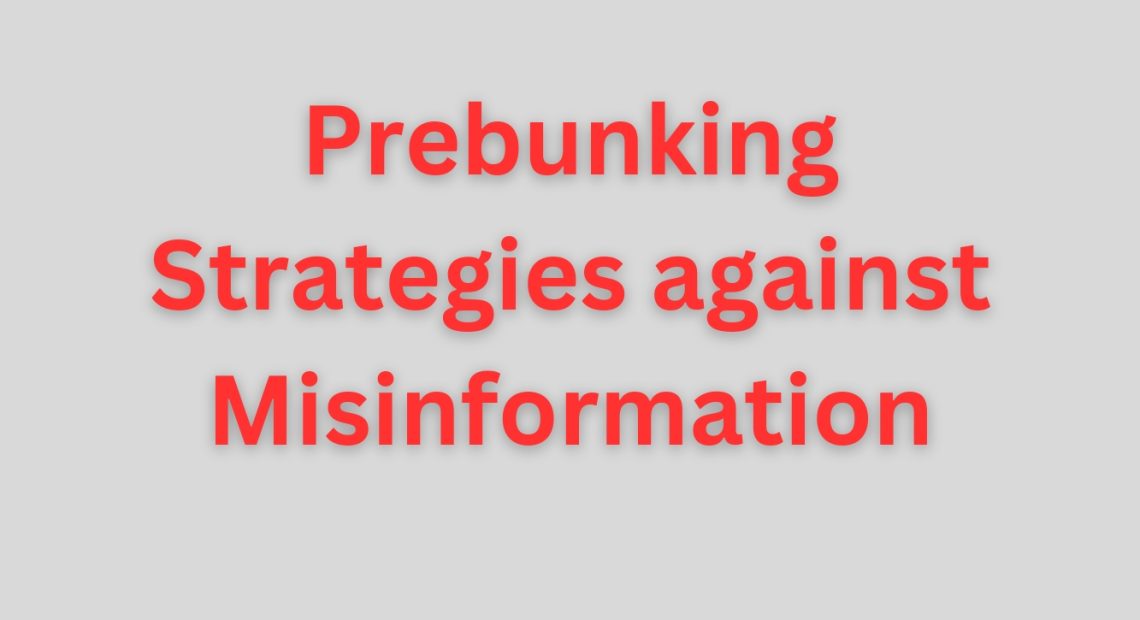By Olaolu Fawole With the advancement of technologies including Artificial Intelligence, AI, digital platforms are now flooded with misinformation in different forms. To combat the spread of false narratives, the concept of prebunking emerged, which is to serve as a proactive strategy in the Continue Reading
Yoruba News
Weekend Treat
Trending Now
Recent Posts
Categories
Archives
iframe: google.com, pub-5160901092443552, DIRECT, f08c47fec0942fa0
This is the head of your page
This is the body of your page.
